
- ...continuing my story about buying land in Thailand, and you can read part one and two to catch up...
- My buddy nice enough to pick me up in his truck early in the morning to drive me to Rayong. We made the hour-plus drive to the land office in Rayong, where we would finalize the whole shebang – or so I hoped.
- I anticipated we had appointment and would sit down with the sellers in an air-conditioned conference room, all civilized-like, sign some paperwork, and be out of there in time for a nice lunch by the beach.
- Instead, the land office looked like your average DMV times ten, minus the air conditioning. It was packed, with more people than seats, and others standing or spilled outside.
|
| |

- I was even losing confidence. It was fast-approaching 4:30pm – their closing time, and I was worried we’d have to come back on Monday morning to start the whole thing again. But finally, my Thai friends told me it was time to count out the cash with the seller.
- So, the French Scuba instructor, Big John, and me jumped into John’s truck to be cautious. I handed Along Came Polly the Tupperware, inviting him to count out the eight stacks with 100,000 Baht each.
- I shit you not that he started counting one stack, lost track of what number he was on, pretended to finish, looked back at me and said, “You seem like a nice guy. I trust you.” That was the end of the counting.
“I’m not at all nice, but I am honest,” I replied, and he seemed to be satisfied with that and handed me the Tupperware back.
- I shit you not that he started counting one stack, lost track of what number he was on, pretended to finish, looked back at me and said, “You seem like a nice guy. I trust you.” That was the end of the counting.
“I’m not at all nice, but I am honest,” I replied, and he seemed to be satisfied with that and handed me the Tupperware back.

- I didn’t have to sign anything (and didn’t understand a word of it anyways) because the property was in the company’s name and my friend’s wife was the director – not me. They just handed me the documents with an impressive looking land office seal, and Monkey Butt Holdings now officially owned the property.
- As we exchanged pleasantries and got up to leave, I handed the Tupperware to SCUBA and his wife, almost as an afterthought.
- “That’s nice Tupperware,” my friend’s wife said. “Are you giving it to them?”
“Of course,” I said.
But that got the Thai wives jabbering and, in the end, there was a huge negotiation about the $2 Tupperware after a $30,000 land deal!
- We were all tired as hell on the drive home. I give a ton of credit and thanks to my friends for being troopers and sticking with me the whole time. I definitely would have bailed and been complaining the whole time if I was waiting for them!
- As we exchanged pleasantries and got up to leave, I handed the Tupperware to SCUBA and his wife, almost as an afterthought.
- “That’s nice Tupperware,” my friend’s wife said. “Are you giving it to them?”
“Of course,” I said.
But that got the Thai wives jabbering and, in the end, there was a huge negotiation about the $2 Tupperware after a $30,000 land deal!
- We were all tired as hell on the drive home. I give a ton of credit and thanks to my friends for being troopers and sticking with me the whole time. I definitely would have bailed and been complaining the whole time if I was waiting for them!
- The last step was just going to an attorney’s office closer to home, where we submitted the paperwork to make me the main Director of Monkey Butt Holdings. This time, the office had aircon and we did have an appointment.
- It was funny to see that in Thailand, attorneys wear fancy business shoes to work but then slip into shower thongs inside the office all day!
- The best part of the whole experience isn’t just that I now own land in Thailand, but that that they gave me a stamp with the Monkey Butt seal. I have free reign to go around stamping myself, my friends, their dogs, and random people’s foreheads.
- But, seriously, it’s an interesting investment and one that will bear fruit one day, one way or another. I anticipate the value will appreciate far more than with a condo, and my only outflow to maintain the investment is paying the attorney a couple hundred bucks to file the Monkey Butt Holding financials once per year.
- Maybe one day I will build there, but most likely I’ll just semi-forget about it and sell ten or twenty years from now. In the meantime, I want to use the bare land to establish Monkey Butt Farms.
- The best part of the whole experience isn’t just that I now own land in Thailand, but that that they gave me a stamp with the Monkey Butt seal. I have free reign to go around stamping myself, my friends, their dogs, and random people’s foreheads.
- But, seriously, it’s an interesting investment and one that will bear fruit one day, one way or another. I anticipate the value will appreciate far more than with a condo, and my only outflow to maintain the investment is paying the attorney a couple hundred bucks to file the Monkey Butt Holding financials once per year.
- Maybe one day I will build there, but most likely I’ll just semi-forget about it and sell ten or twenty years from now. In the meantime, I want to use the bare land to establish Monkey Butt Farms.

- There’s a huge booming medical cannabis industry here so I considered growing, but that’s still too risky and opens you up to sticky-fingered neighbors and police soliciting bribes. No, the real money is in growing durian – the fruit that tastes like heaven and smells like hell.
- There are plenty of options and anytime you can buy a nice sized lot that close to the beach close enough for a day trip from the capital, you’re sitting pretty. And just having this experience, now I’m bitten by the real estate bug here. I’m considering buying another lot or maybe a condo or two.
I even found a studio condo for sale for less than $40k, right on the beach and closer to where I’m staying in Jomtien.
Hmmm…. time to buy some new Tupperware and start saving!
-Norm :-)
...
...
(Click to read part one and two.)

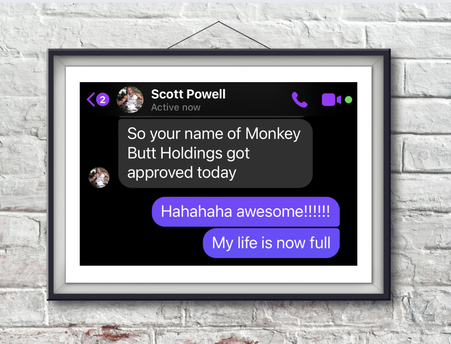







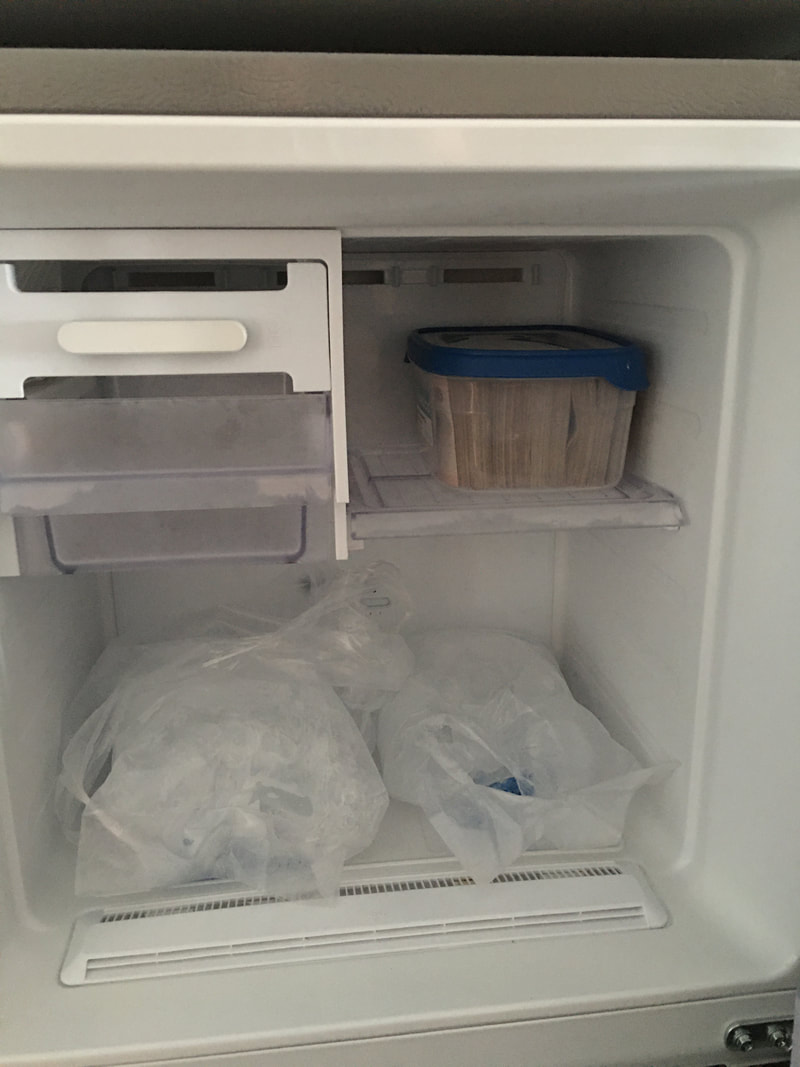
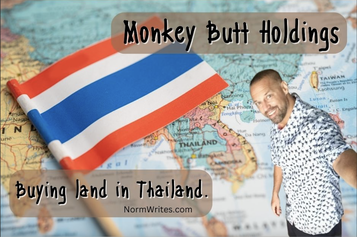
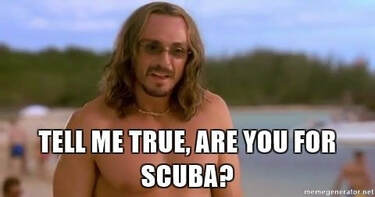
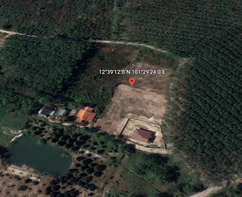

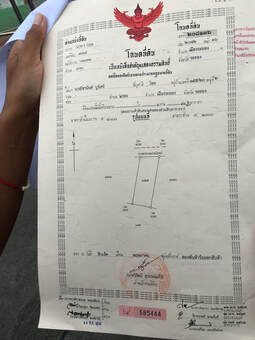








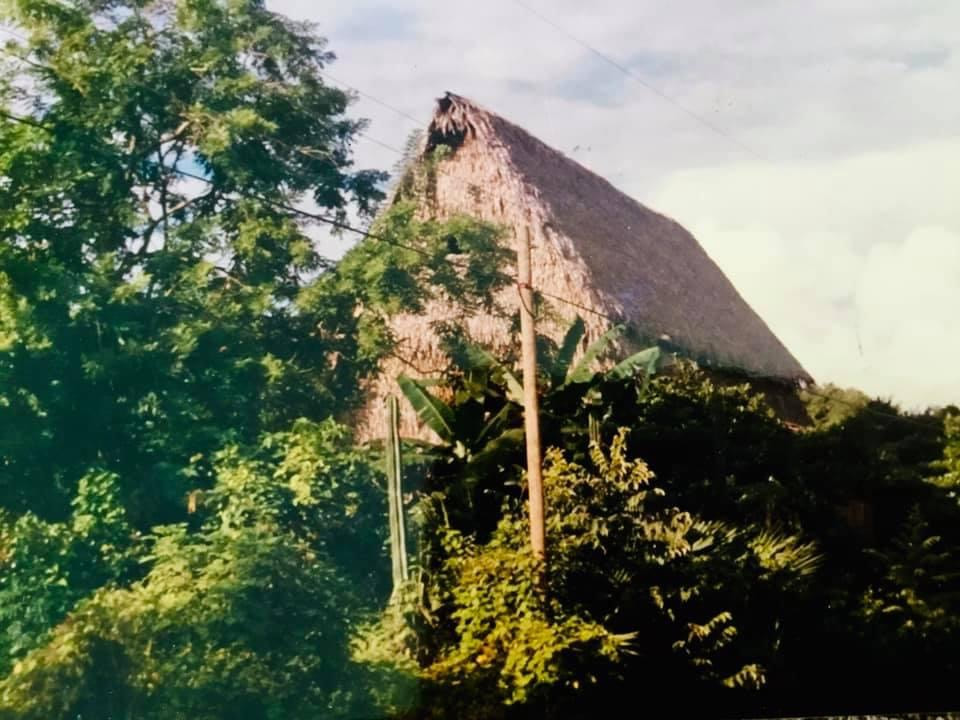

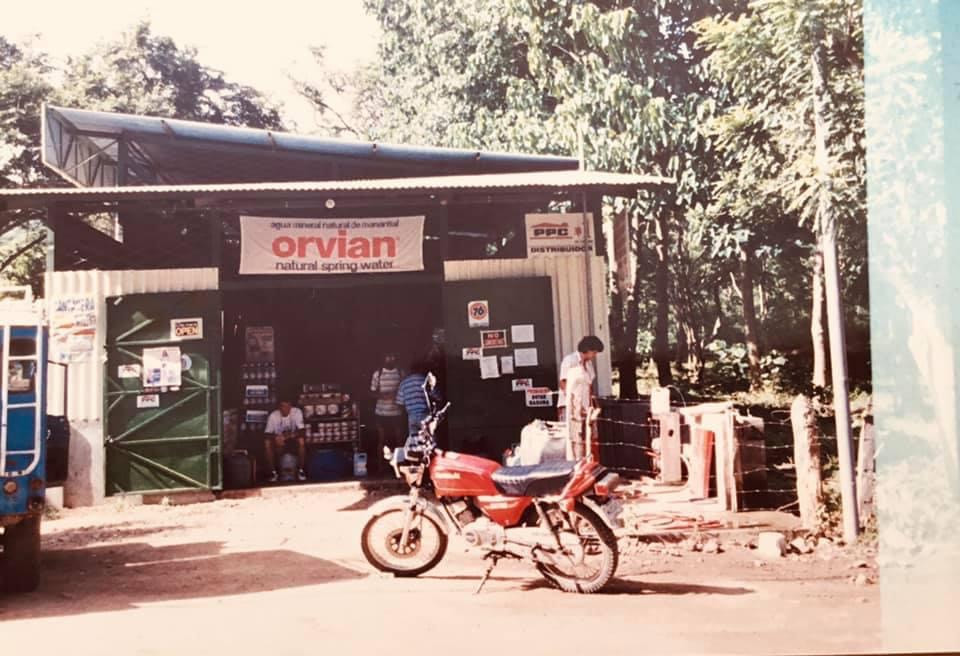

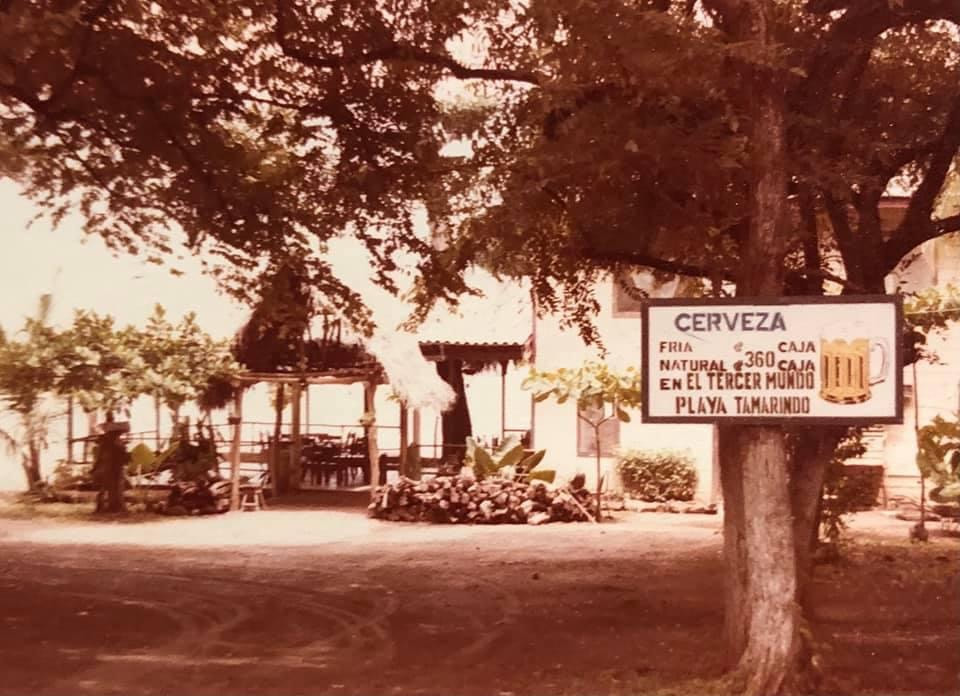

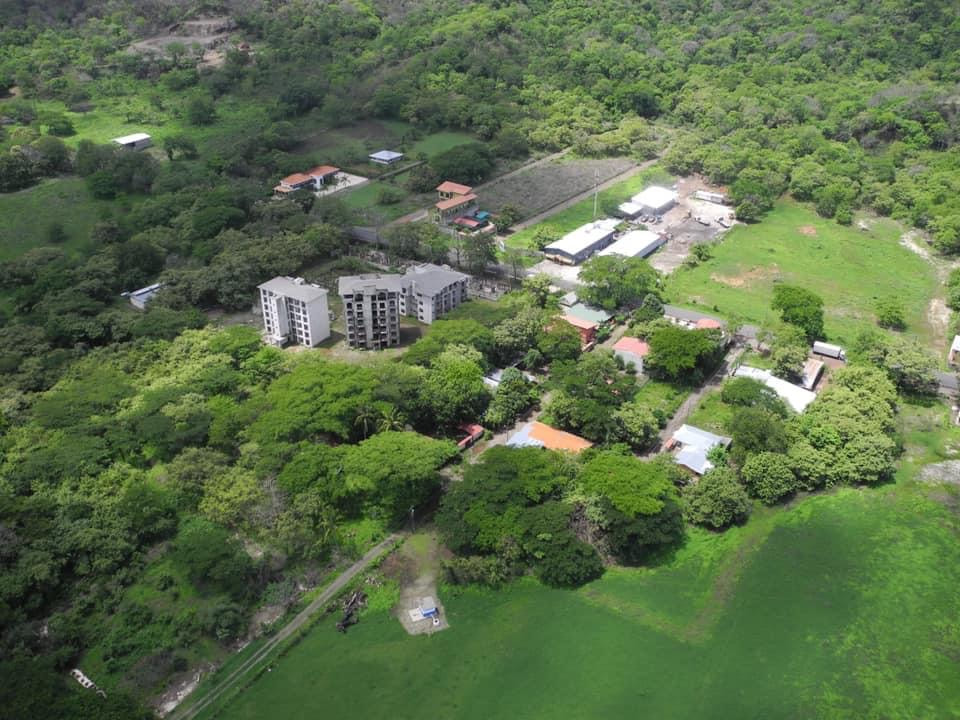
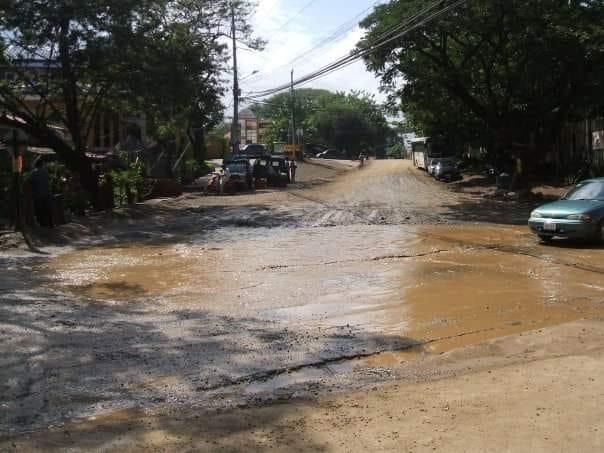
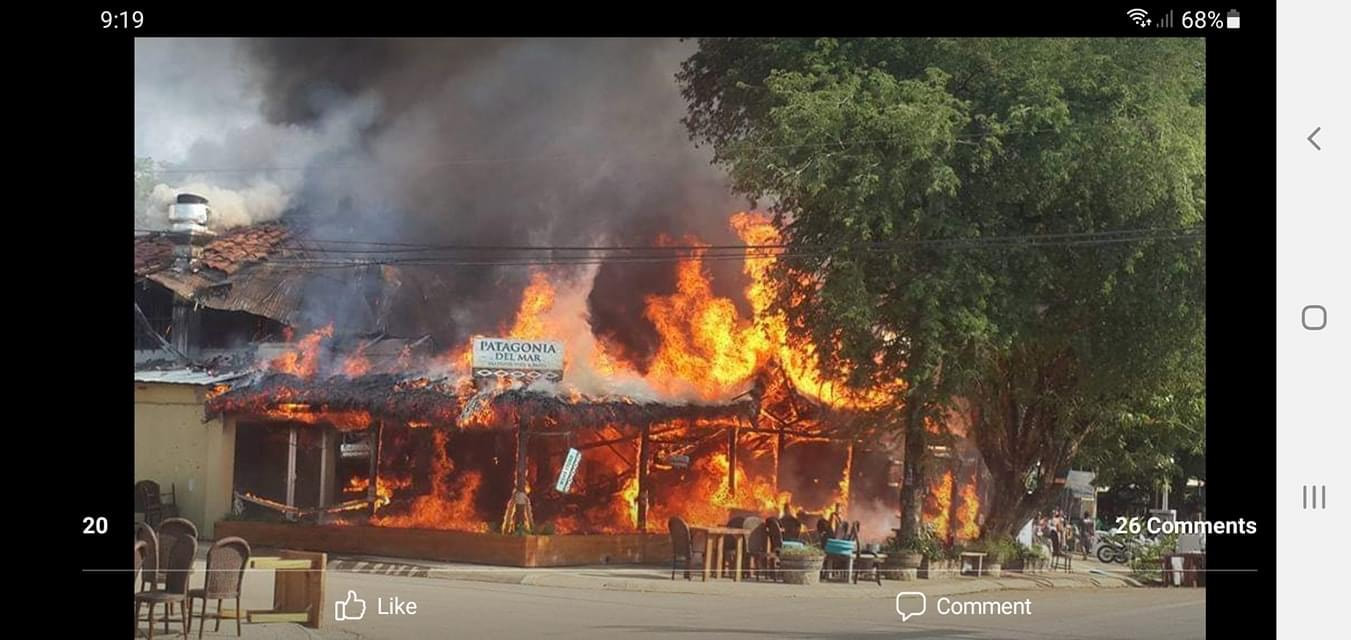





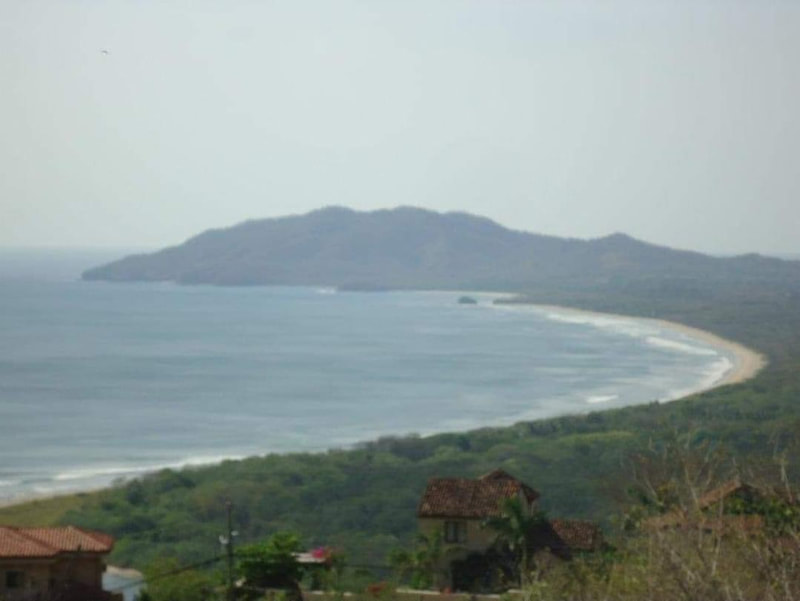






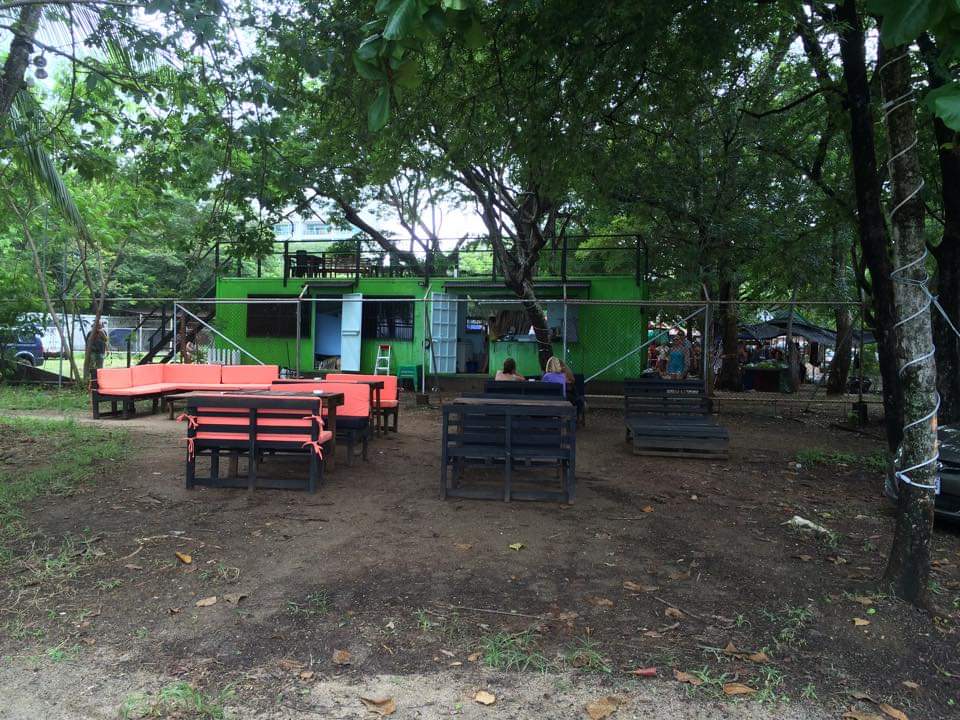
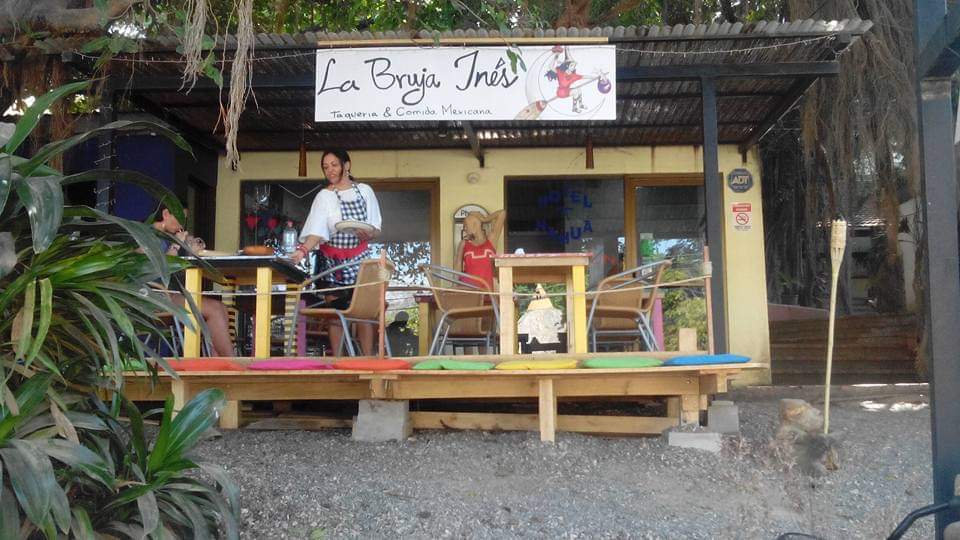

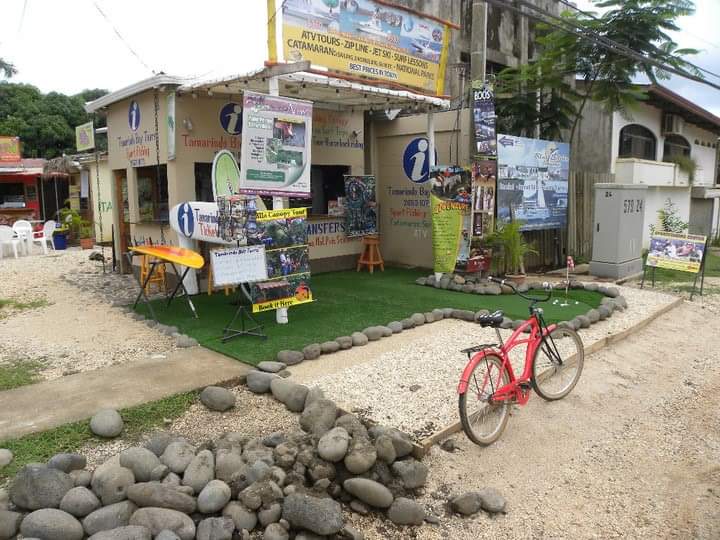
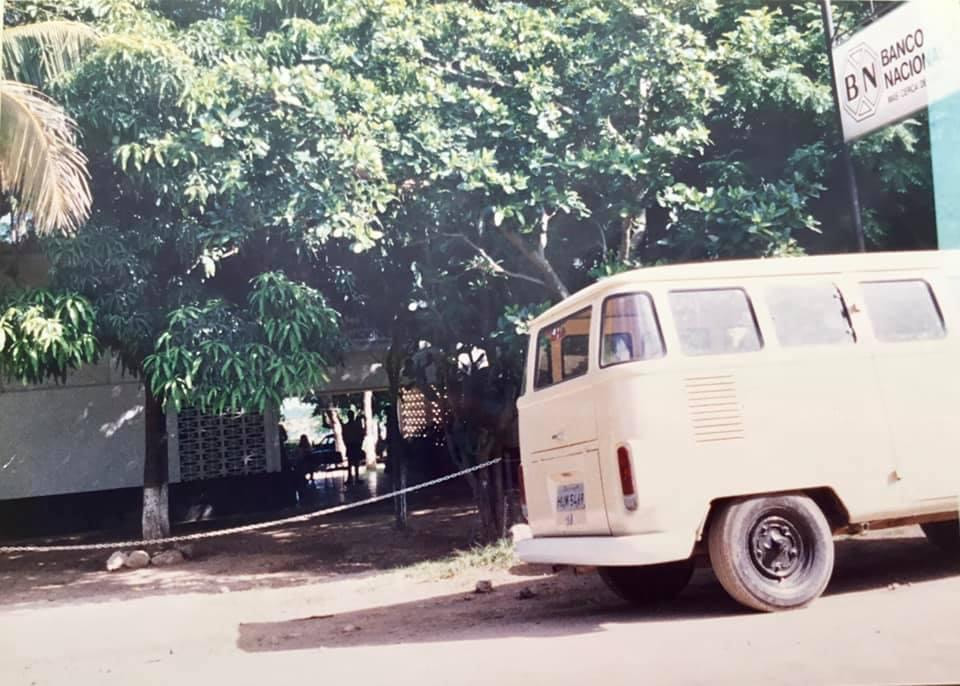














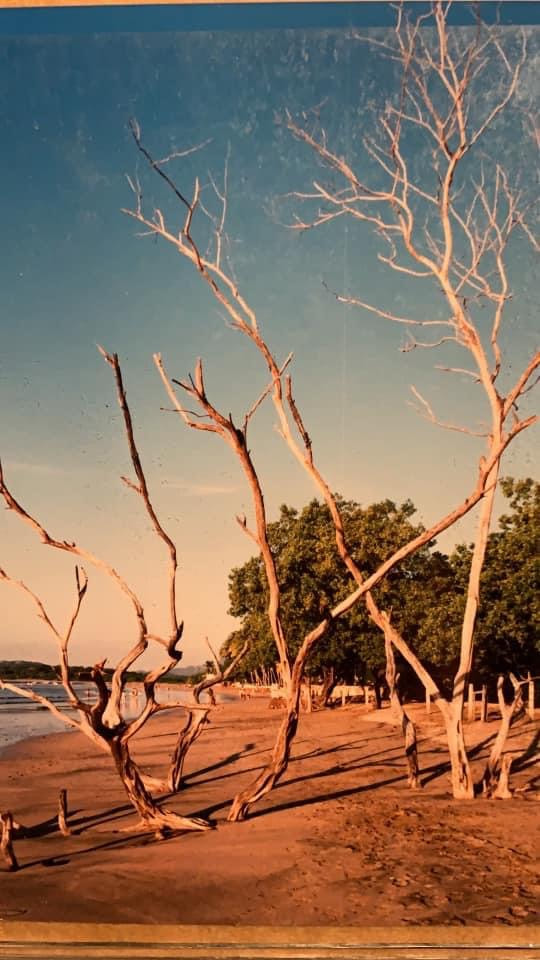
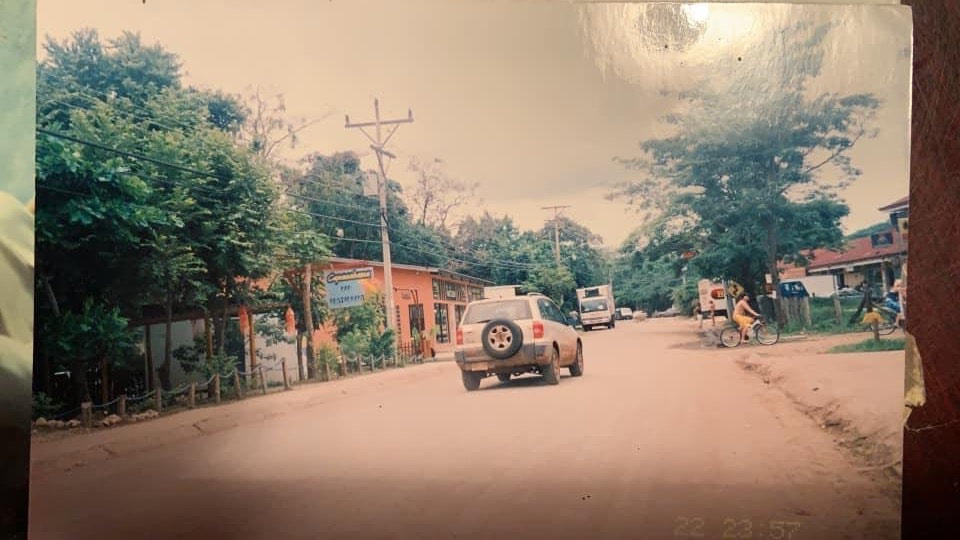
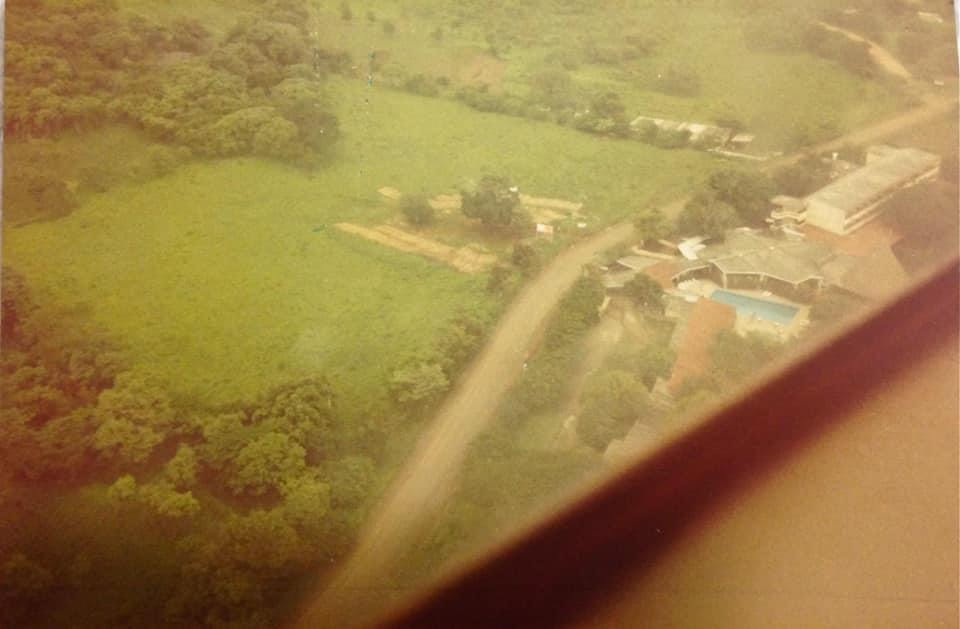
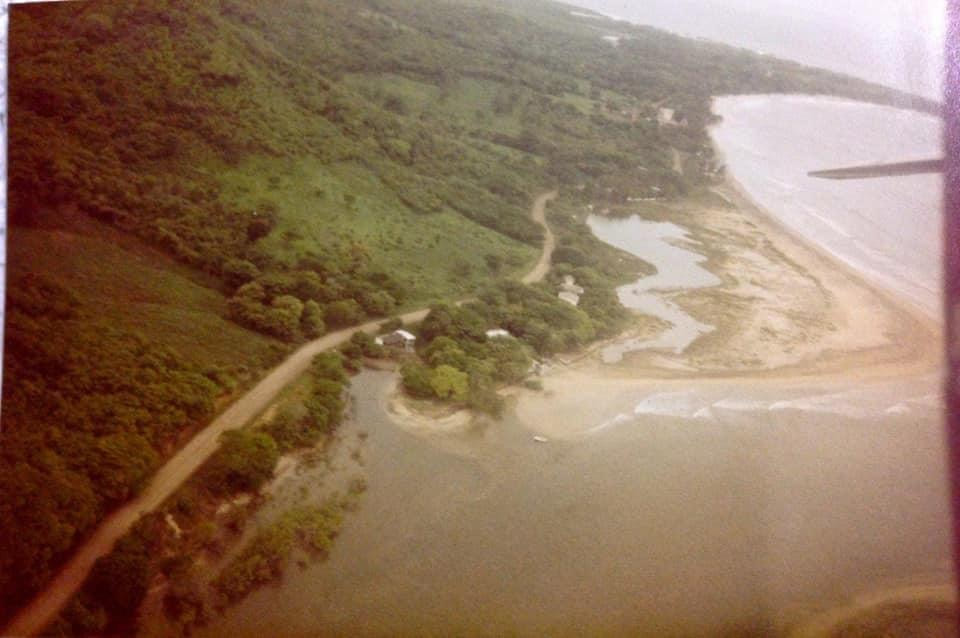
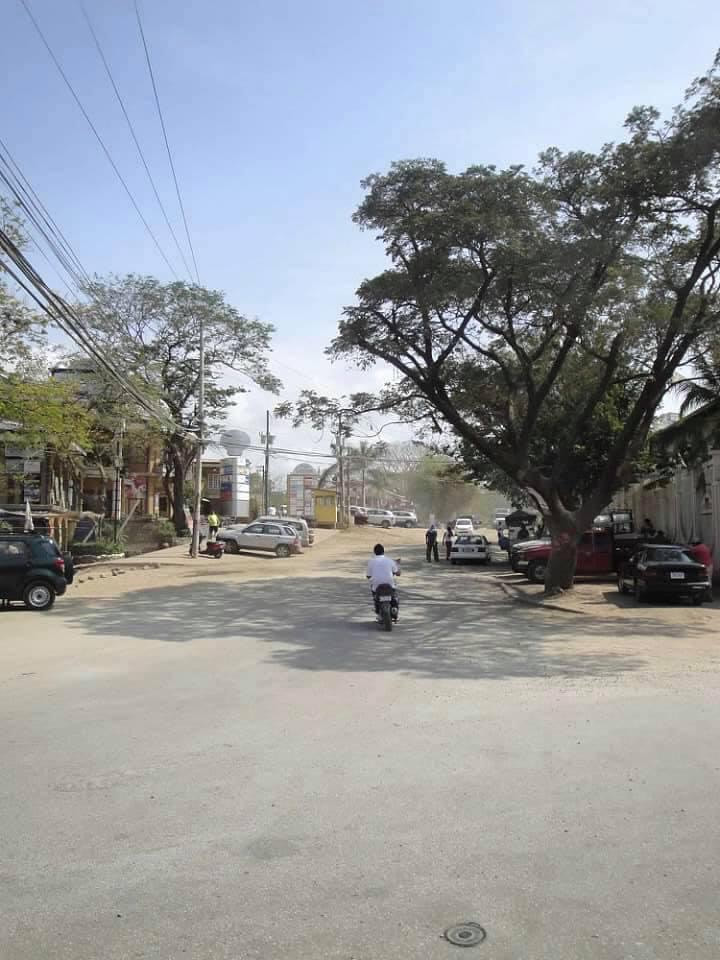
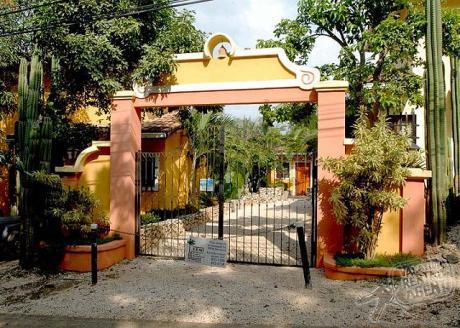
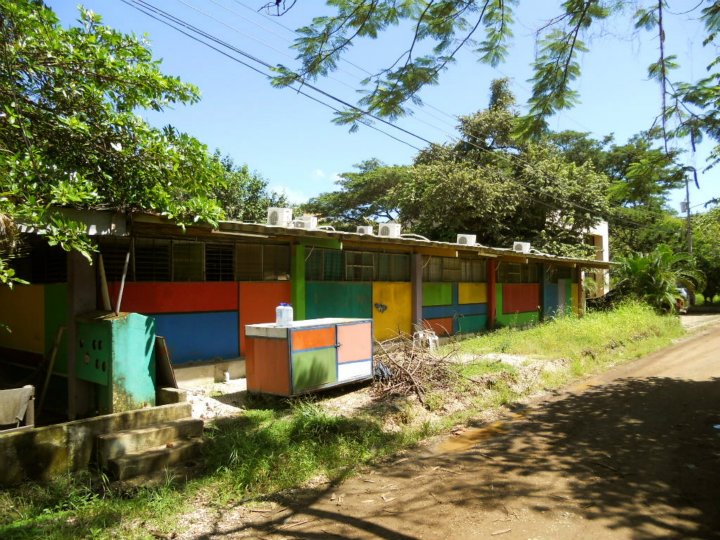
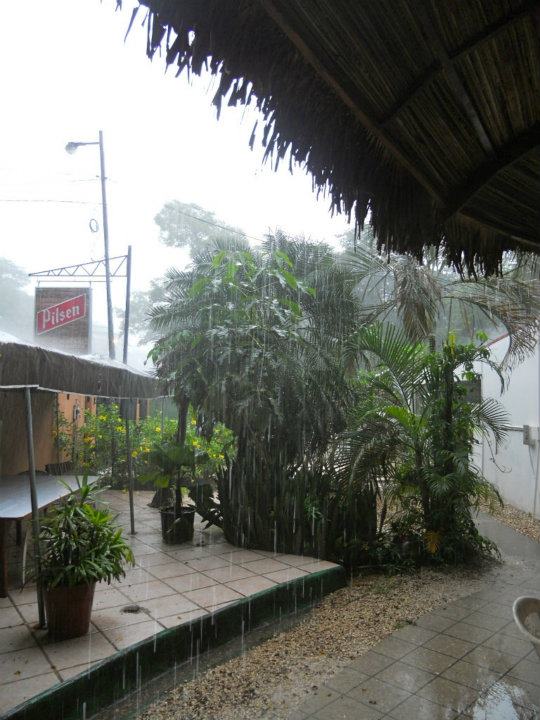
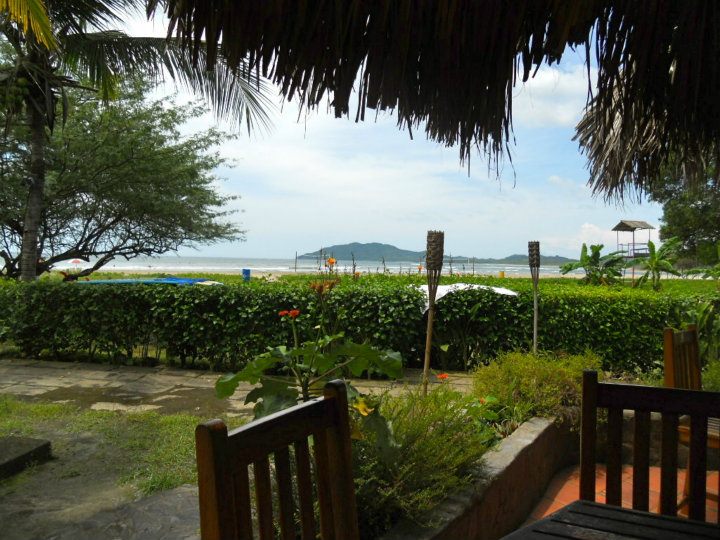
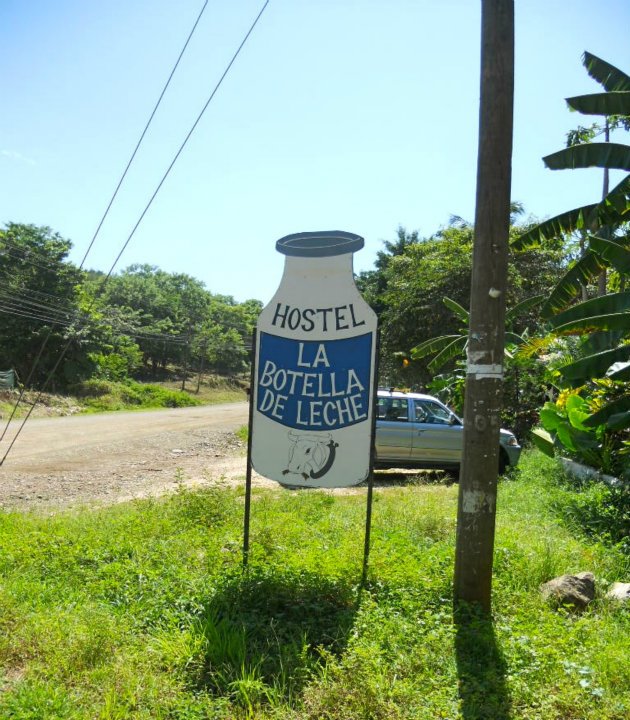
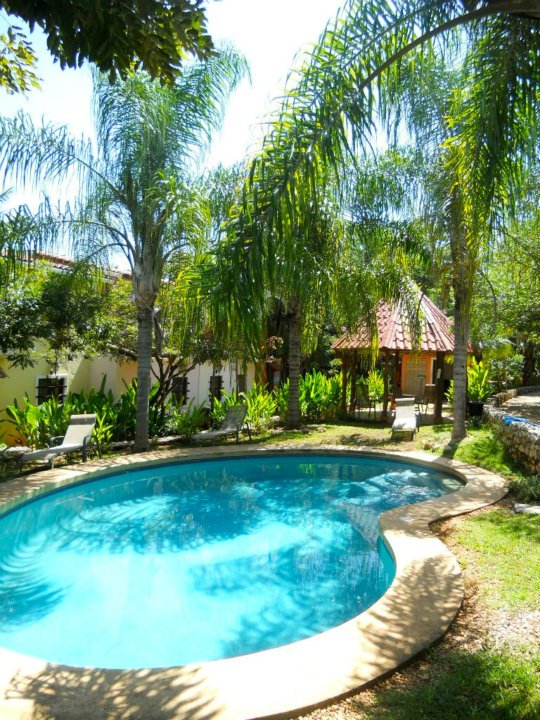
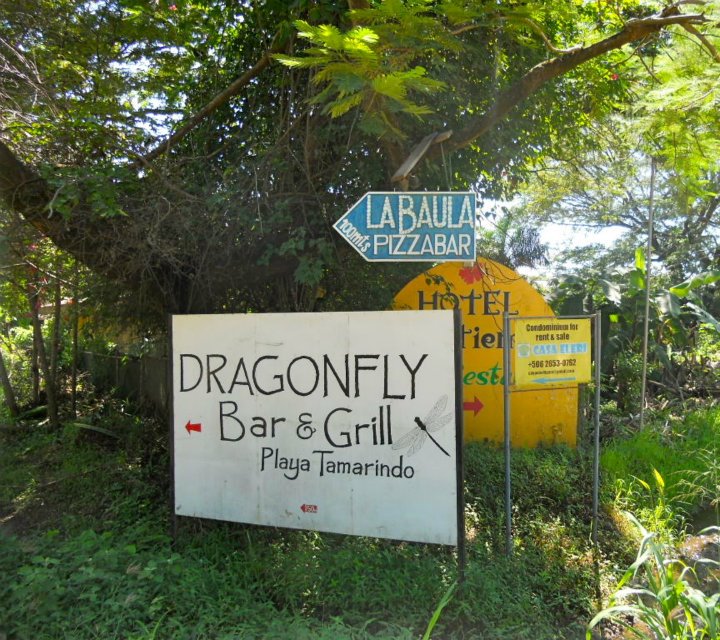
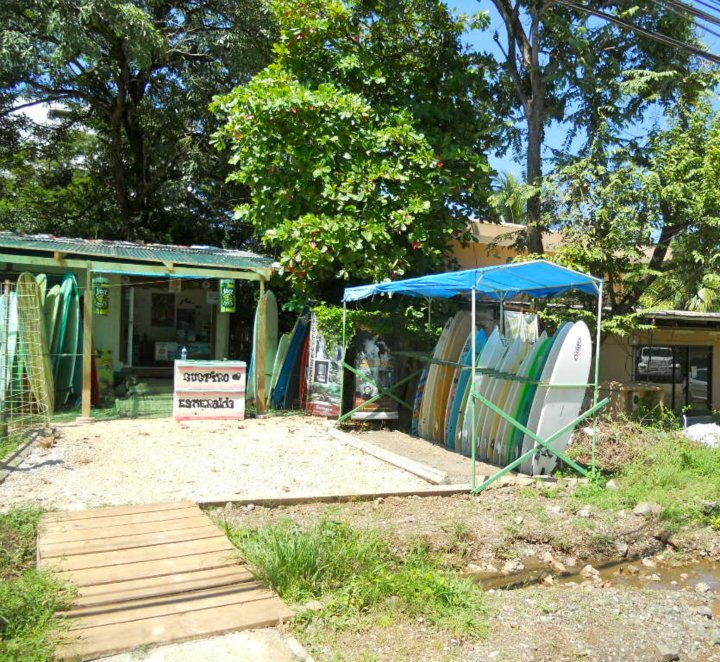
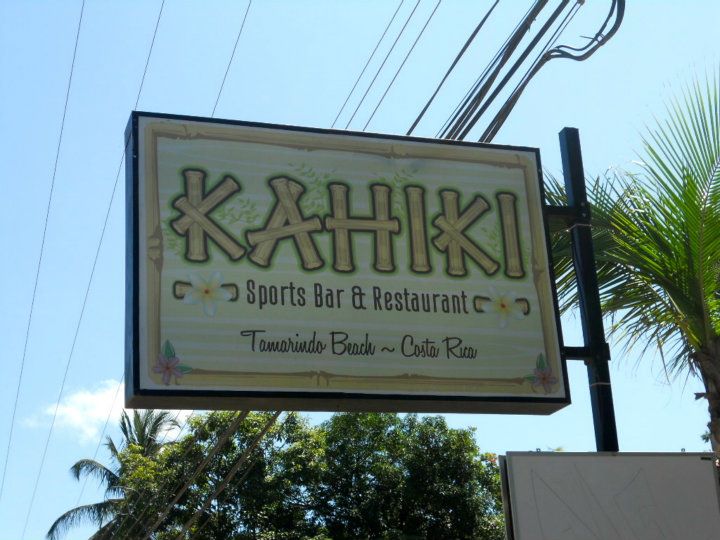
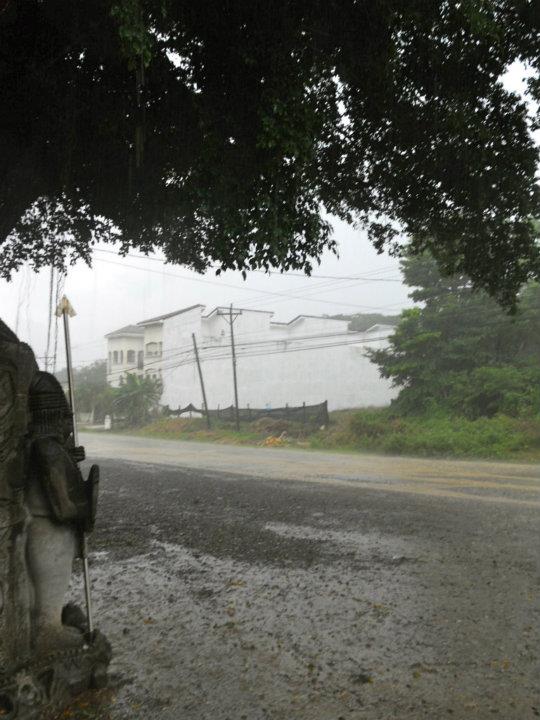

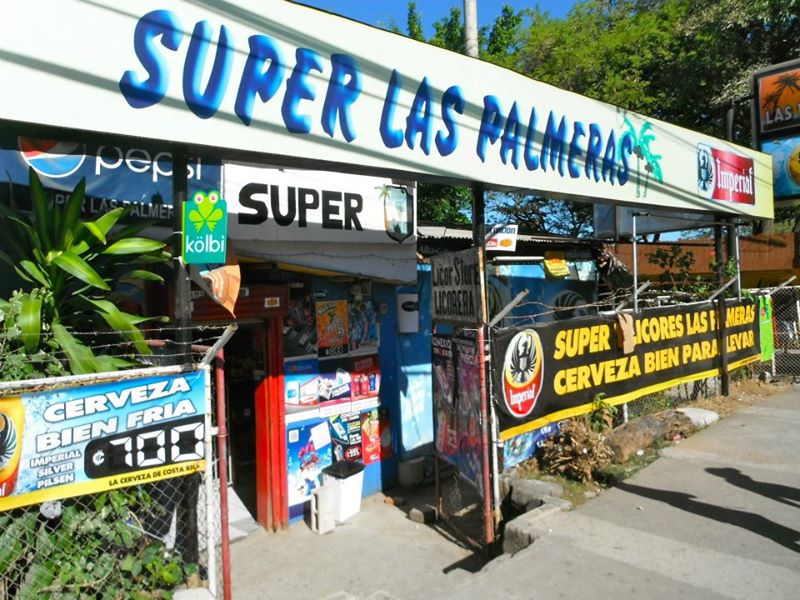
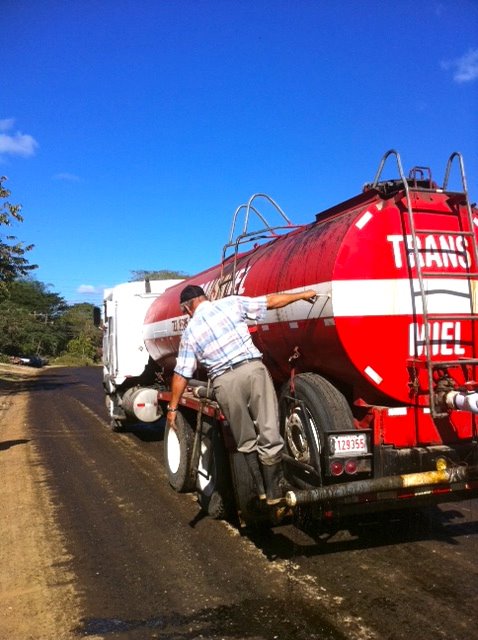

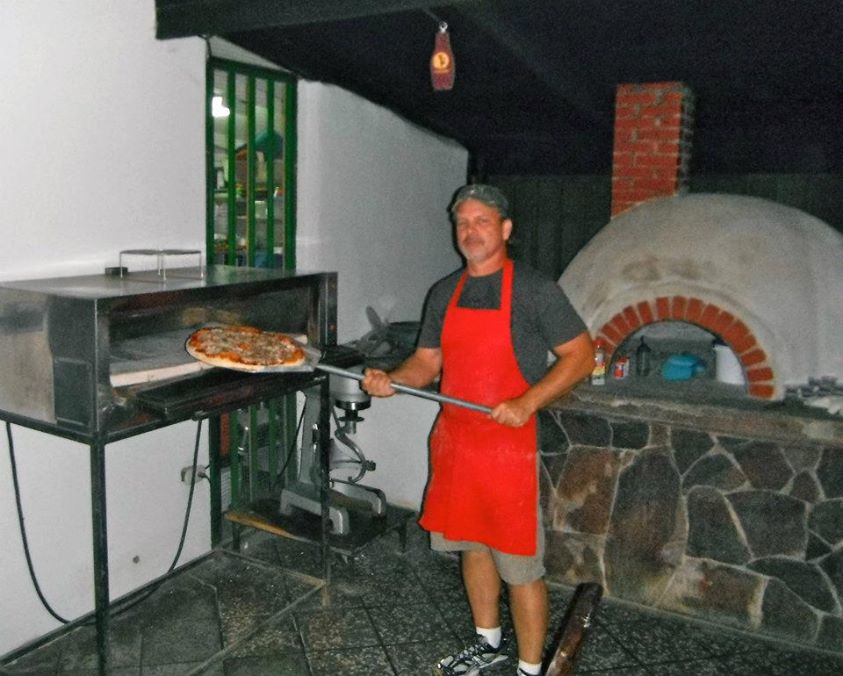
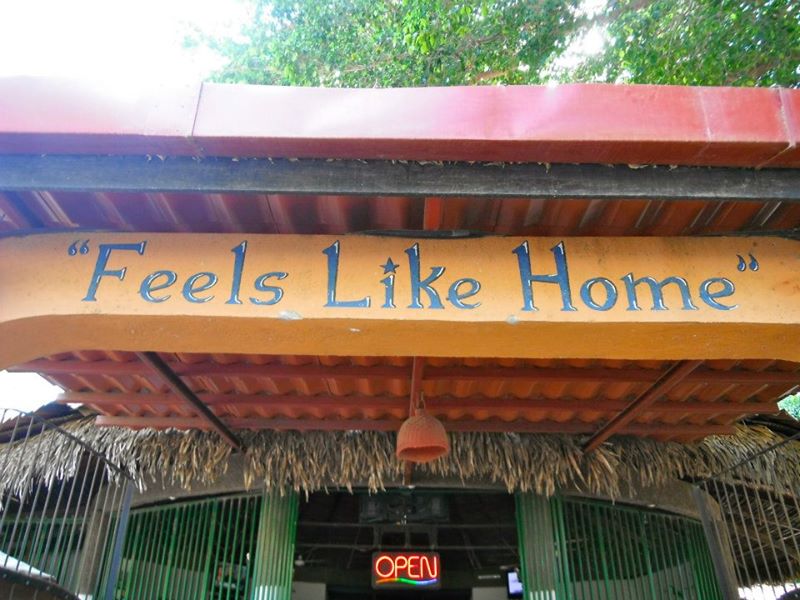

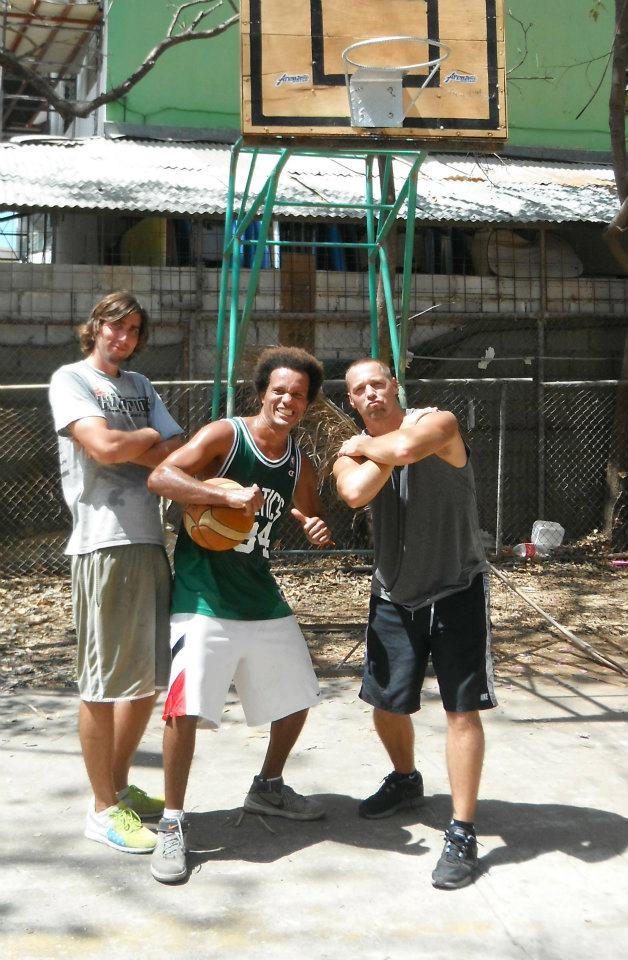
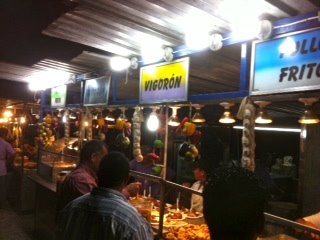
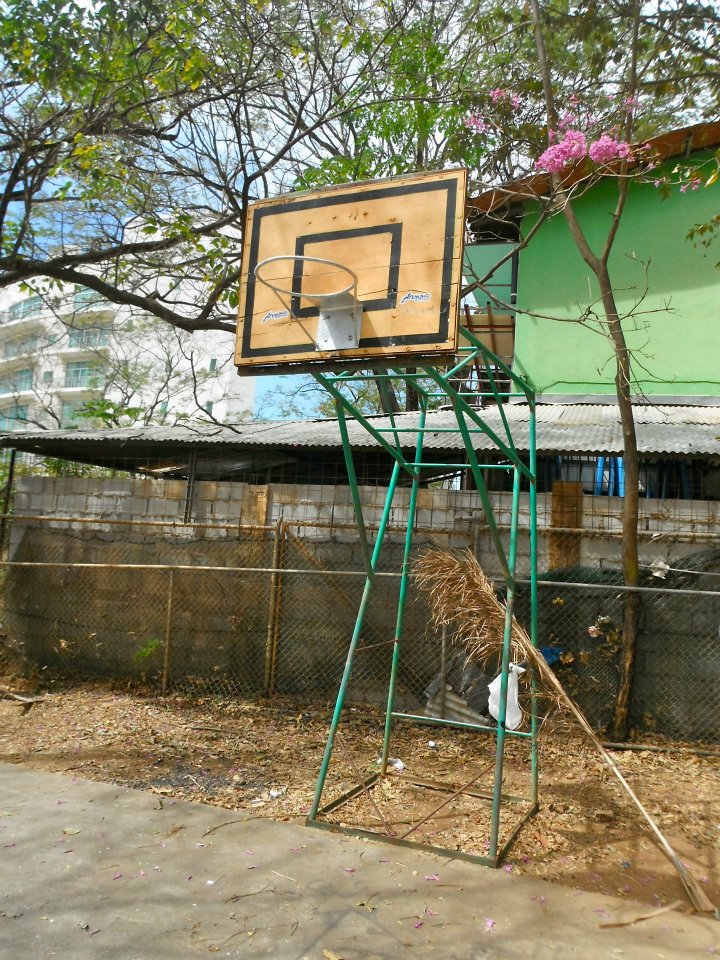
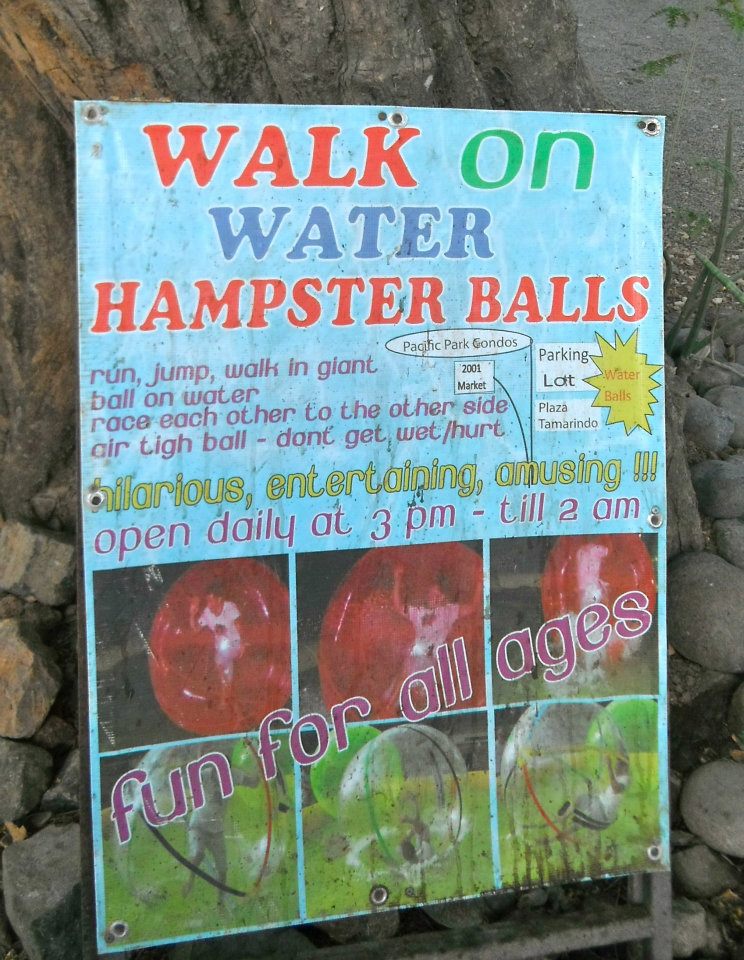
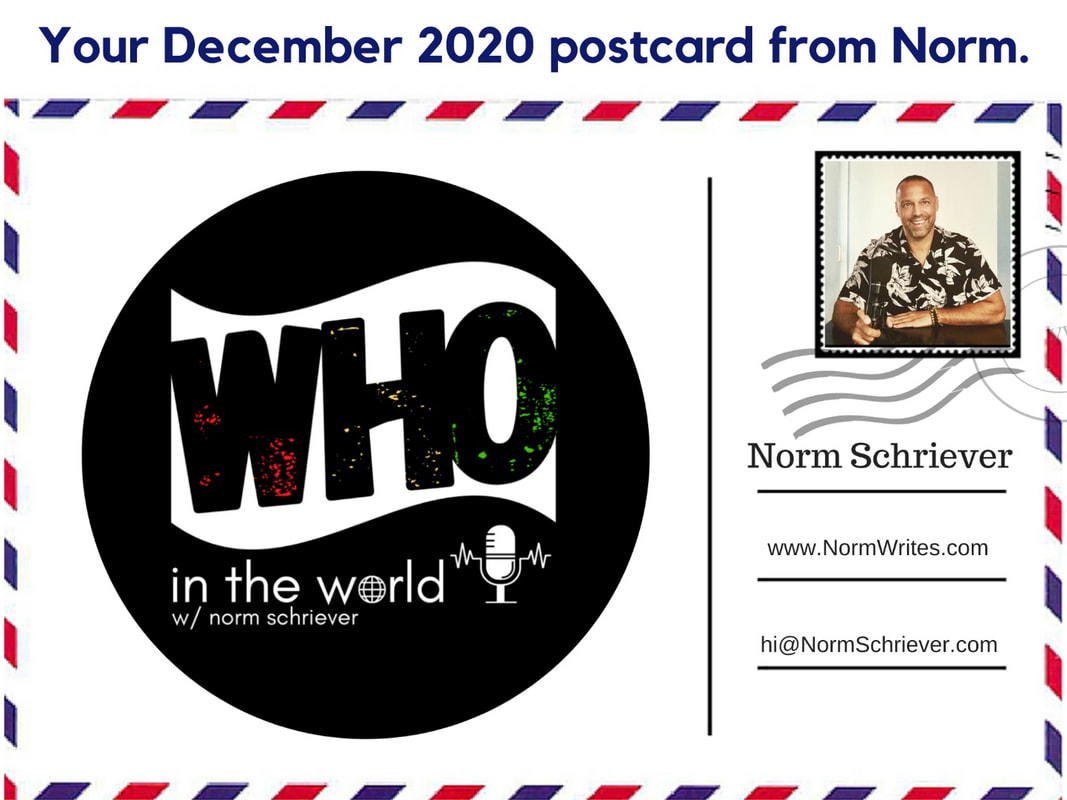
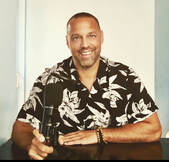
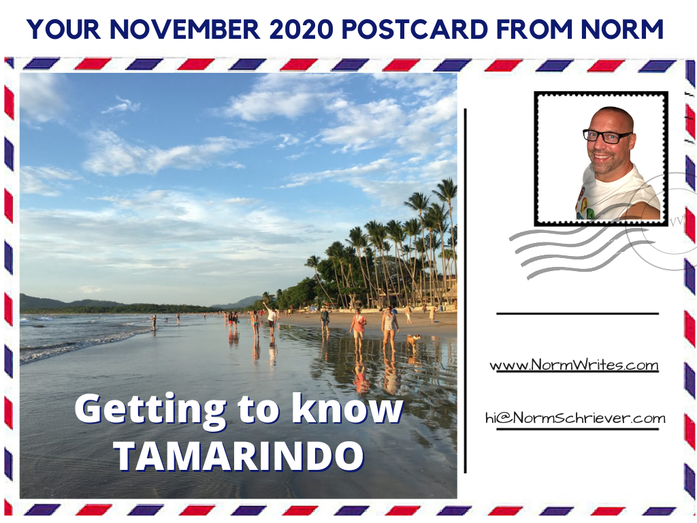
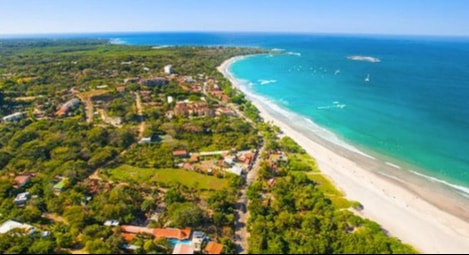
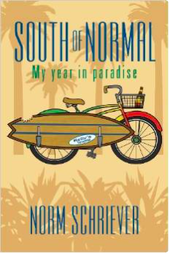


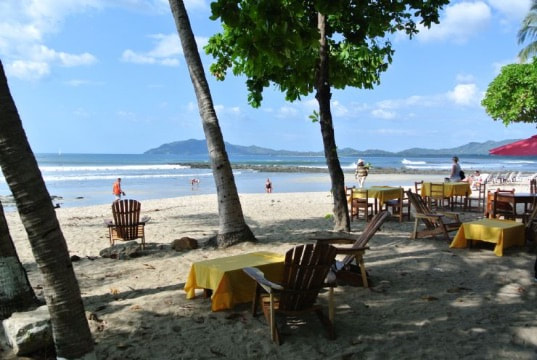
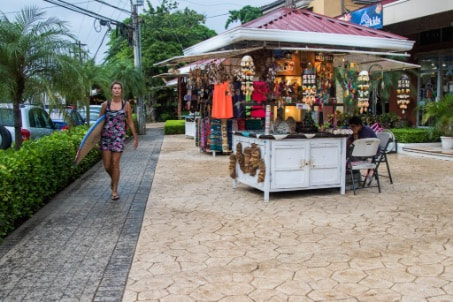
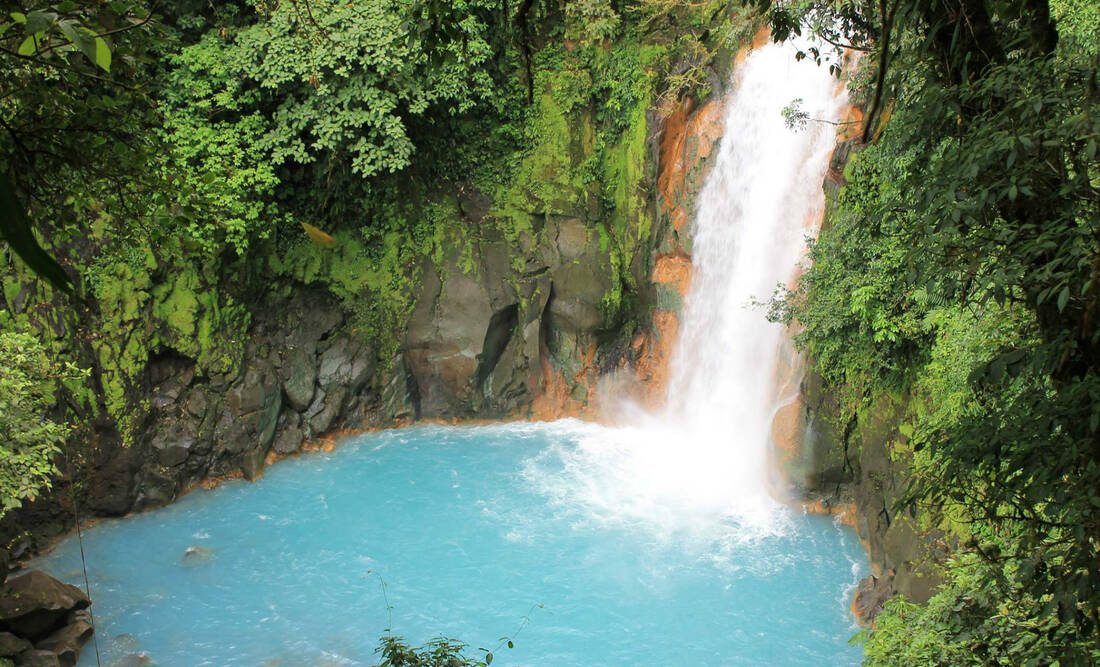
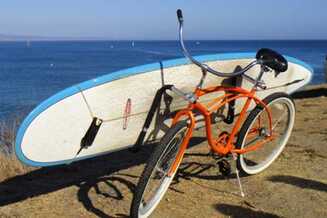
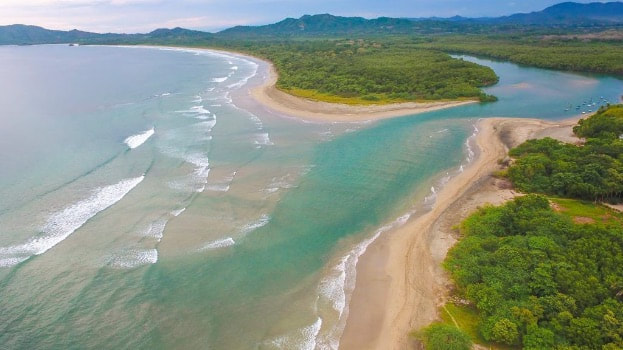
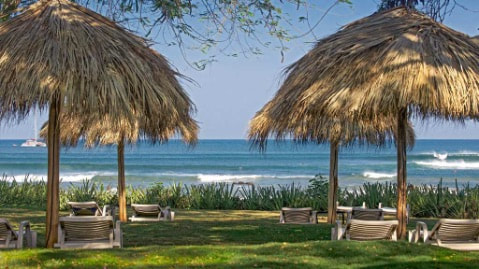
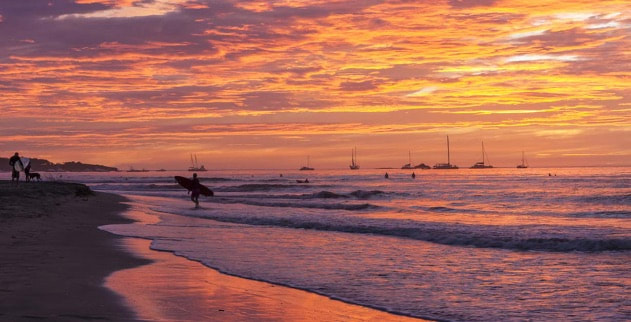
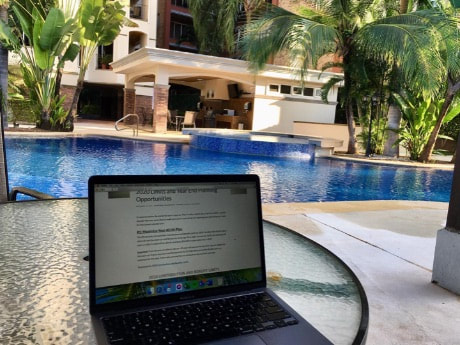
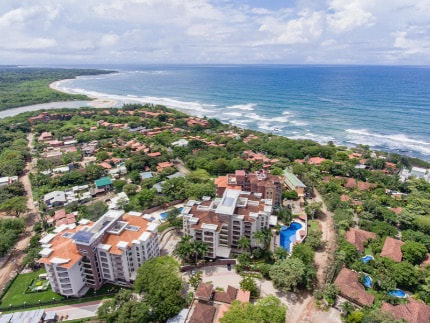
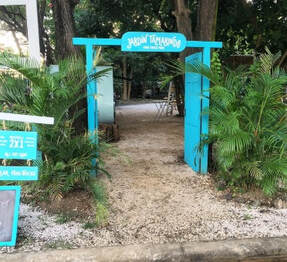


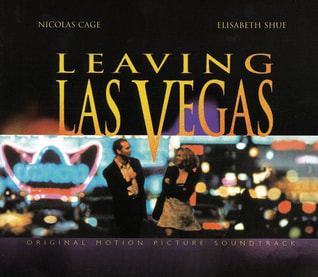
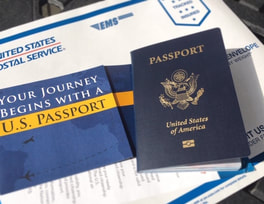

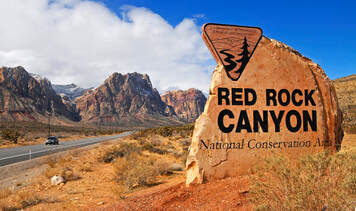




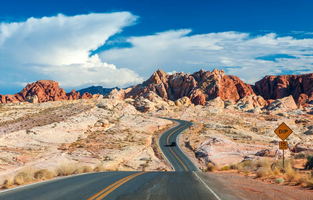

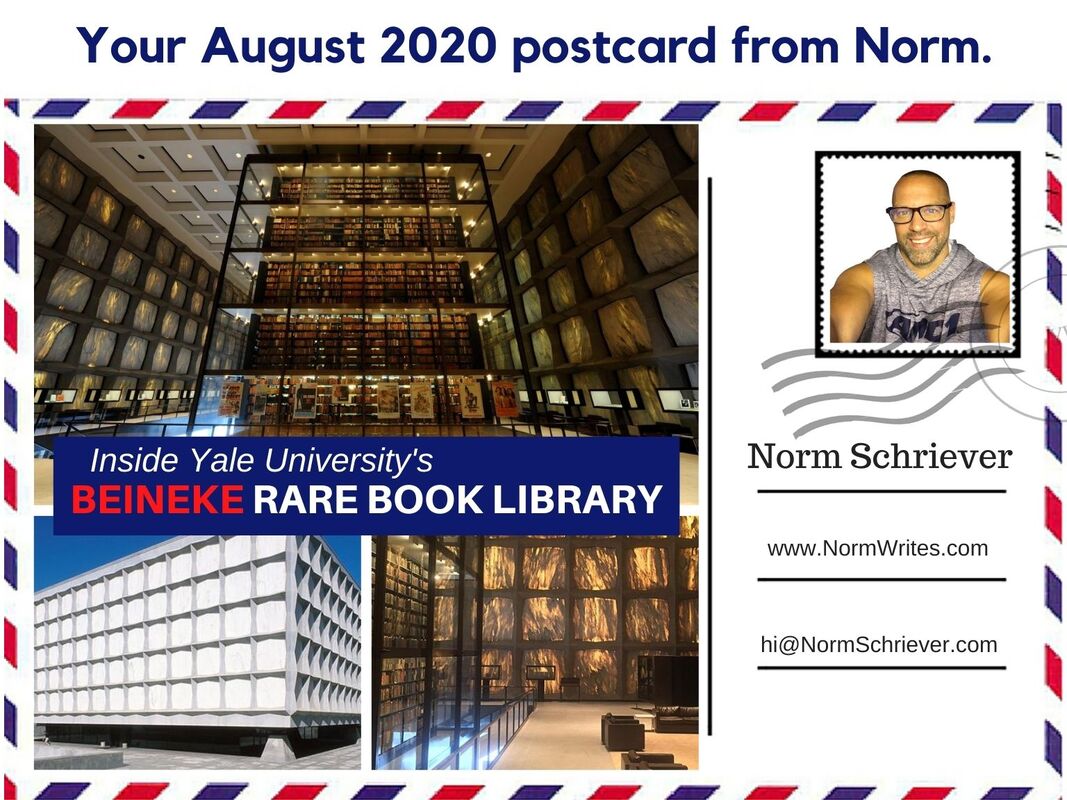
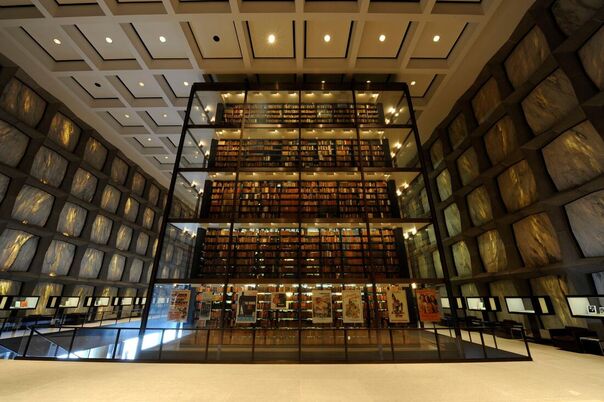
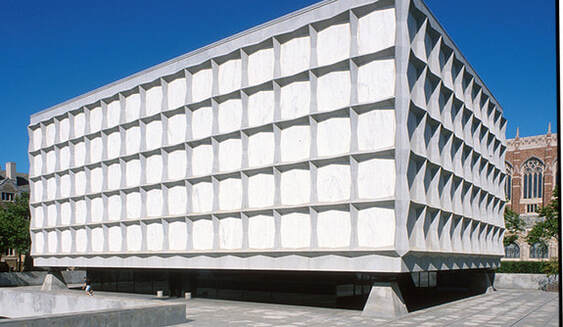





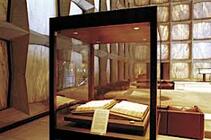



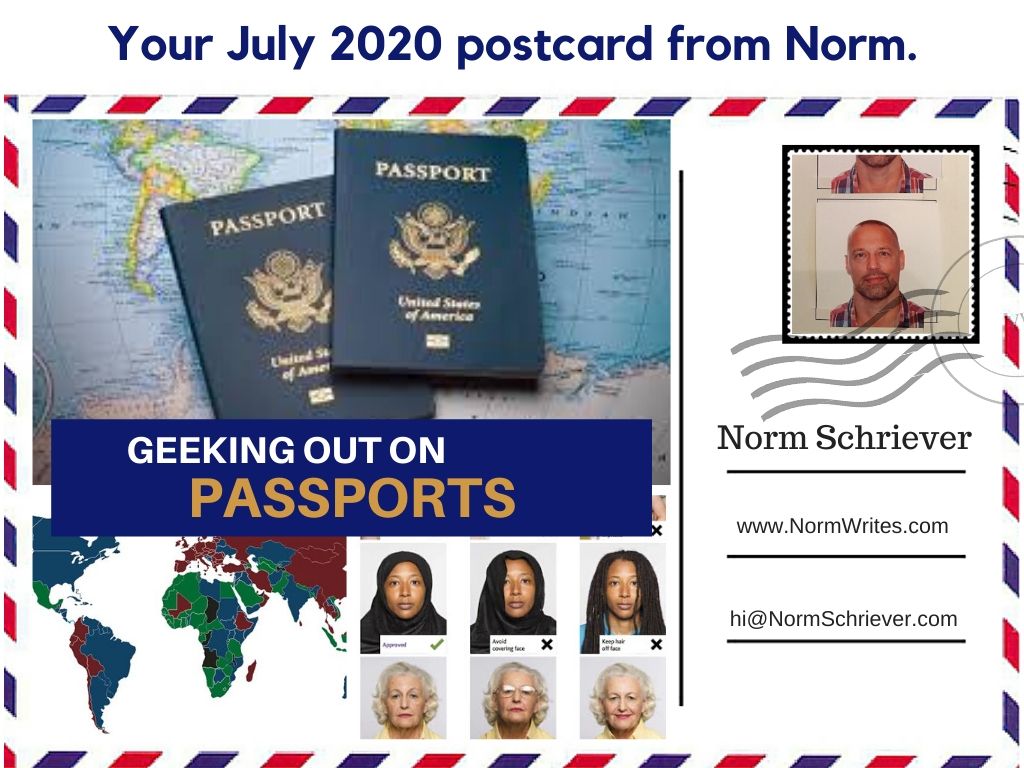


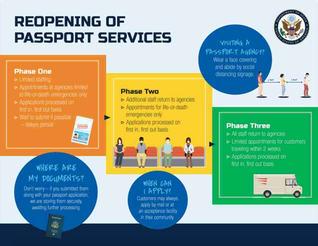
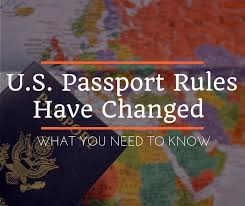
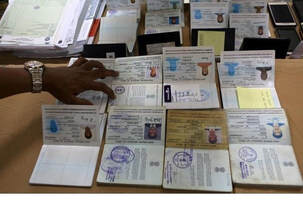

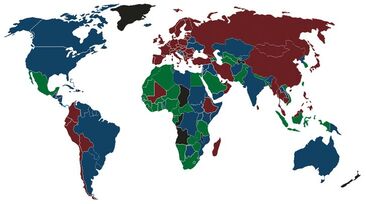
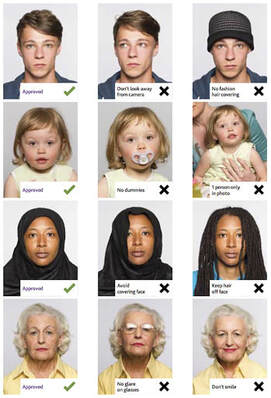
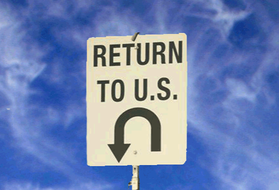
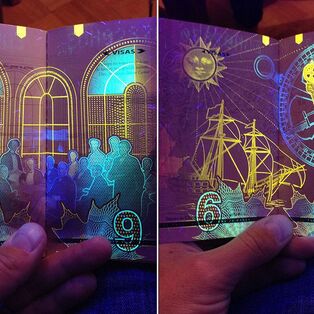
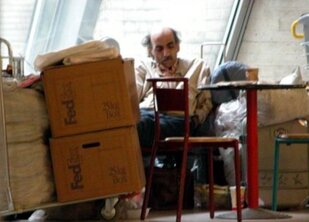
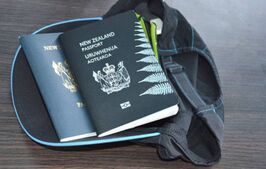
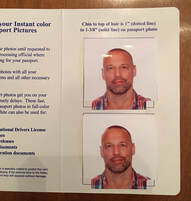
 RSS Feed
RSS Feed